
BE THE FIRST TO KNOW
Subscribe to the Porto eCommerce newsletter to receive timely updates from your favorite products.
Putting in new carpet? One of the first things people want to figure out is the cost. And honestly, that’s a smart place to start.
The cost to install carpet can vary quite a bit depending on a few key things: the type of carpet you choose, how much floor space you’re covering, and whether any extra prep work is needed. You’ll also need to factor in labor, carpet padding, and a few other costs that can catch you off guard if you're not prepared.
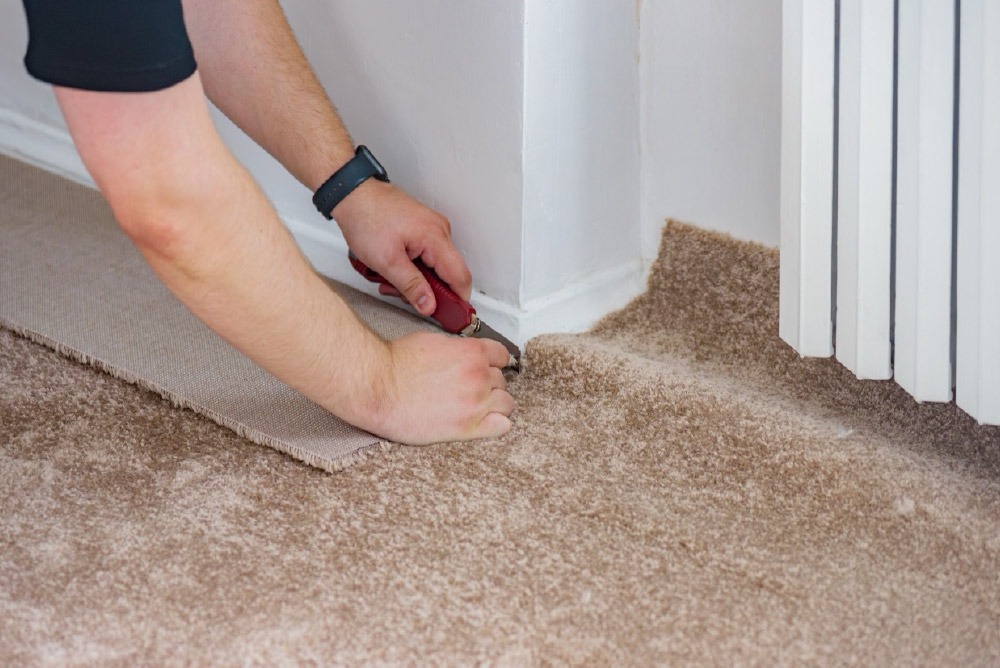
In this guide, we’ll walk you through what really goes into carpet installation cost, from price per square foot to common room estimates, material breakdowns, and simple ways to stay within budget without cutting corners.
The average cost to install carpet isn’t the same for everyone. On average, homeowners spend between $2 and $8 per square foot. That usually includes the carpet itself, padding, and labor.
What really affects your carpet installation cost is the type of carpet you pick. Some materials are cheaper and still hold up well. Others look and feel better but come with a higher price tag.
Here’s a breakdown of common carpet materials, what they cost, and where they work best:
| Carpet Material | Cost Per Square Foot | Best For |
|---|---|---|
| Polyester | $0.50 – $6.00 | Budget-friendly, stain-resistant, low-traffic areas |
| Triexta | $1.50 – $7.00 | Soft, durable, great for kids and pets |
| Nylon | $0.75 – $9.00+ | Tough and long-lasting, ideal for busy homes |
| Wool | $3.00 – $21.00+ | High-end, eco-friendly, soft, and durable |
| Sisal | $1.50 – $9.00 | Natural texture, good for design-forward spaces |
| Acrylic | $3.00 – $12.00 | Similar to wool in feel, less expensive |
The labor cost for carpet installation usually ranges from $0.50 to $1.50 per square foot, depending on where you live and how complex the layout is. If your home has stairs, tight corners, or damaged subfloors, that price may go up.
Here’s a snapshot of typical carpet installation cost breakdowns:
| Item | Cost Range (Per Sq. Ft.) |
|---|---|
| Carpet material | $1.00 – $5.00 |
| Labor | $0.50 – $1.50 |
| Carpet padding (recommended) | $0.25 – $1.00 |
| Extra services (removal, repair) | Varies |
If you're working with a limited carpet installation budget, synthetic carpet fibers like polyester or Triexta are your best bet. They offer good performance, decent comfort, and a much lower price tag than high-end options.
On the other hand, if you're after that upscale feel, wool carpet delivers just expect to pay for it. It's one of the most expensive types of carpet per square foot, but it offers warmth, comfort, and longevity if taken care of properly.
Keep in mind that the type of carpet you choose doesn't just affect price, it also impacts how long the carpet lasts, how easy it is to clean, and how it feels underfoot.
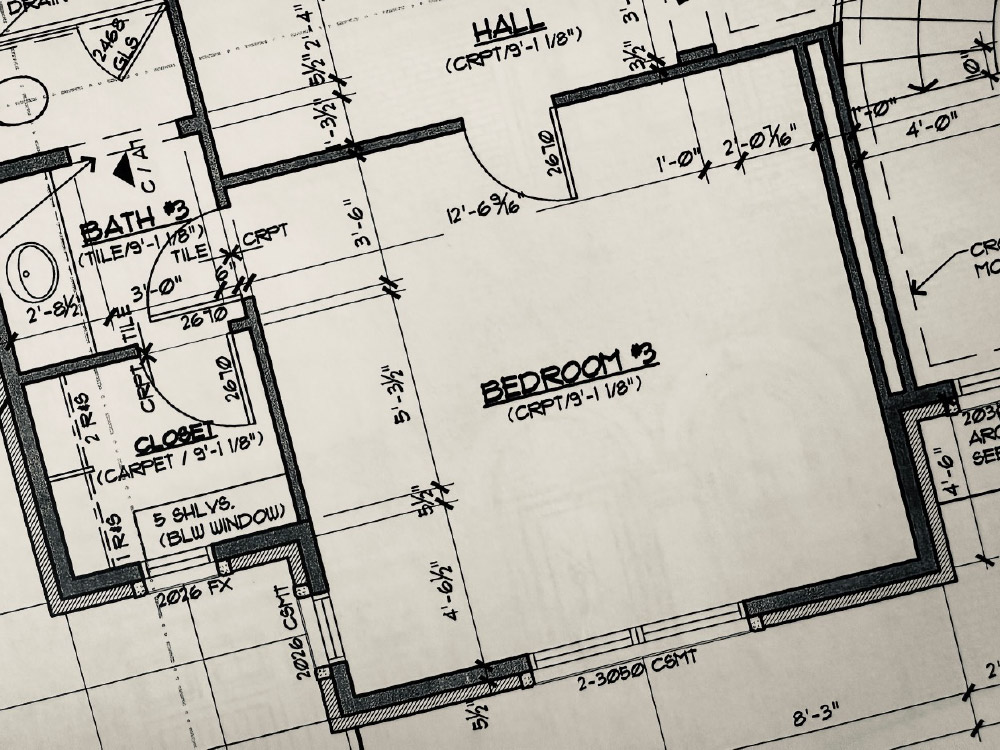
An easy way to estimate your carpet installation cost is by looking at the size of your space. Since most prices are calculated per square foot, knowing your room’s dimensions will give you a pretty accurate starting point.
Here’s what you can expect to pay for some common room sizes:
A 12x12 room is 144 square feet.
At an average cost of $2 to $8 per square foot, the cost to carpet a room this size usually falls between $288 and $1,152. This price includes the carpet, padding, and basic installation.
If you're updating carpet in a larger area like a basement or main floor, the cost to install carpet in a 1,000 sq. ft. space usually ranges from $1,800 to $7,500. The type of carpet you choose makes a big difference, and so do things like room shape and prep work.
For a full carpet replacement throughout your home about 2,000 square feet then you’re likely looking at $3,500 to $15,000. That number includes the cost of new carpet, padding, and labor. Keep in mind that bigger projects sometimes get better pricing per square foot, but they also come with a higher chance of extra charges. Subfloor repair, moving furniture, or old carpet removal can all add to the total.
These estimates can shift based on whether you’re going with budget carpet options or aiming for a more premium style. Either way, it helps to get a few quotes and compare the overall cost before moving forward.
The price of carpet might seem manageable at first, but once you add in labor and prep work, the overall cost of the project can rise quickly. These extra charges often catch homeowners off guard, especially during larger installs or full-home upgrades.
Let’s break down where those extra charges come from:
The average labor cost for carpet installation runs between $0.50 and $1.50 per square foot. That adds up depending on how much floor space you’re covering and how complicated the layout is.
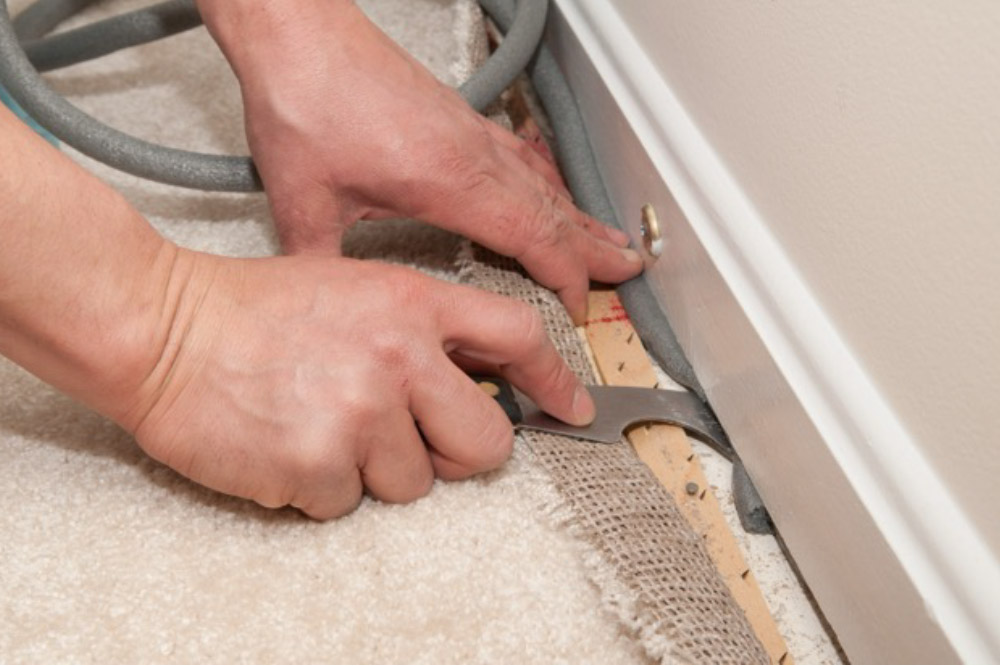
Simple, open rooms? Lower labor costs. Tight corners, stairs, or unusual shapes? That’ll take more time and more money.
| Additional Cost | Typical Range |
|---|---|
| Carpet padding or underlayment | $0.25 – $1.00 per sq. ft. |
| Old carpet removal | $0.70 – $1.60 per sq. ft. |
| Subfloor repair | $1.75 – $4.70 per sq. ft. |
| Furniture moving | $25 – $75 per room |
| Stair installation | $150 – $600 total |
A good carpet installation cost estimator should include all of these items. If it doesn’t, ask your installer for a complete quote before the job starts.
These extras can have a big impact on your carpet installation budget, especially in older homes where subfloor damage or old carpet removal is more common.
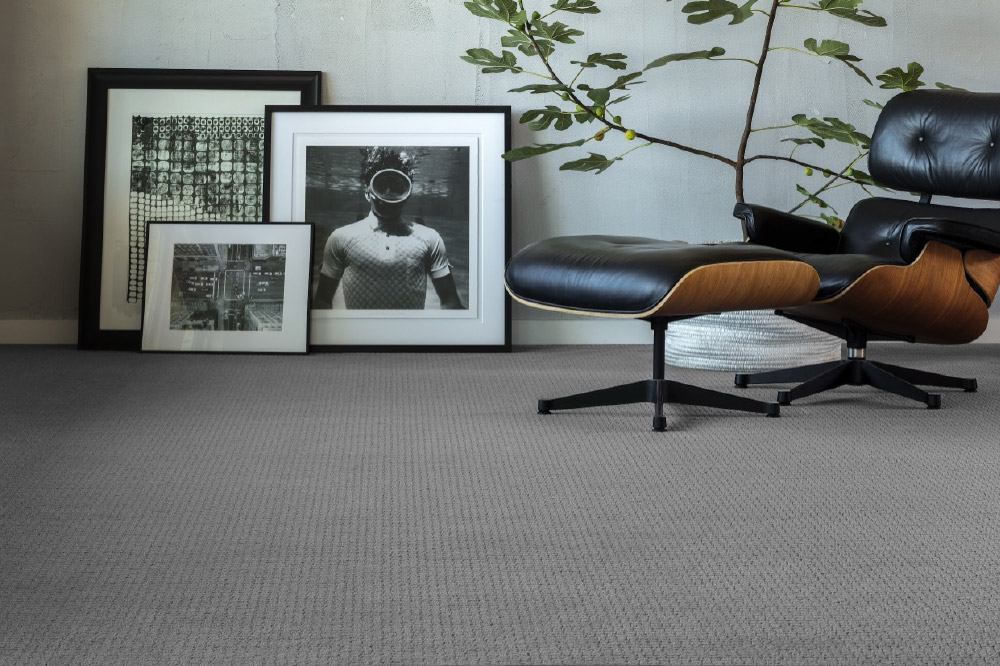
Installing carpet might look easy in YouTube tutorials, but there’s more to it than rolling out a few cuts and grabbing a staple gun.
If you’re thinking about skipping the professional carpet installer to save money, here’s what you need to know.
Doing it yourself can cut the labor cost, which saves you around $0.50 to $1.50 per square foot. Sounds great, right?
But you’ll also need:
If you’ve got the tools, the skills, and a relatively small, open room, DIY carpet installation might work. But there’s a learning curve, and if anything goes wrong, it can be tough (and expensive) to fix.
Hiring a professional carpet installer means paying more upfront—but you’re also paying for speed, experience, and peace of mind.
Pros already have the tools and know how to deal with tricky areas like stairs, seams, or uneven subfloors. And if something’s off, it’s on them to make it right.
If your project is small, your floor is in good shape, and you’re confident in your skills, DIY can be a smart way to lower your carpet installation cost. But for anything more complicated or if you just want it done right the first time, it’s worth bringing in a pro.
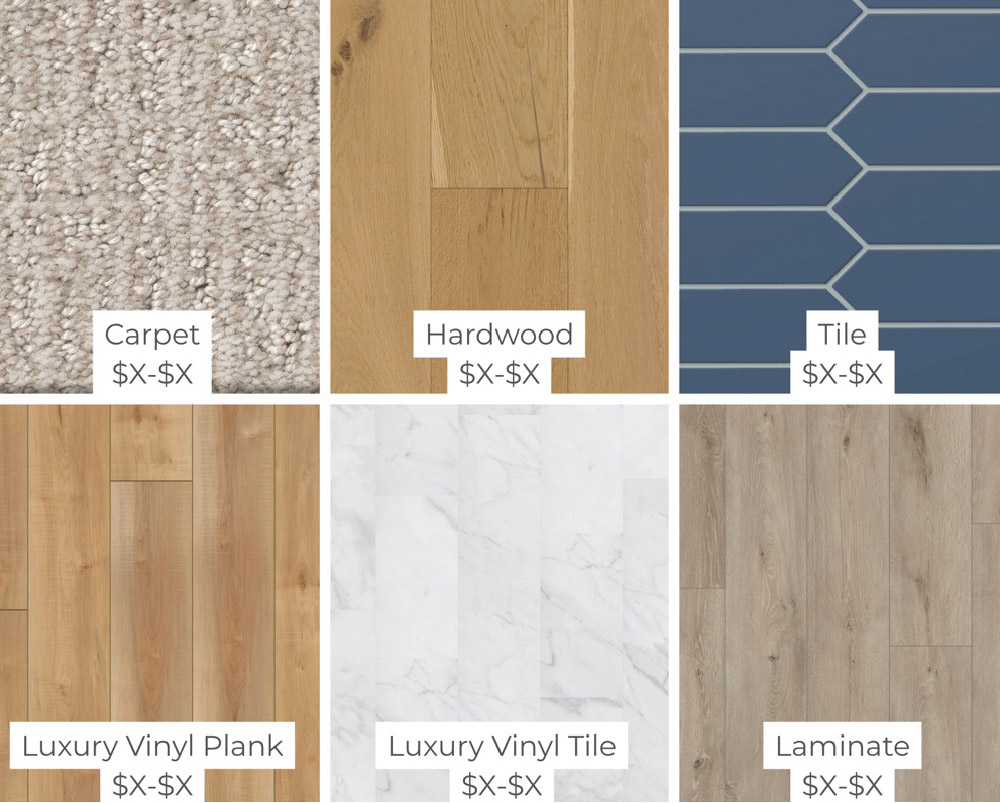
If you're still deciding whether carpet is the right move, it helps to see how it stacks up against other flooring options. Carpet tends to be one of the most affordable choices, but that doesn’t mean it’s the best fit for every room.
Here’s a quick home flooring pricing comparison based on total installation costs:
| Flooring Type | Cost Per Square Foot (Installed) | Best For |
|---|---|---|
| Carpet Flooring | $2 – $8 | Bedrooms, family rooms, cozy spaces |
| Luxury Vinyl Plank | $2 – $7 | Kitchens, basements, high-traffic areas |
| Luxury Vinyl Tile | $3 – $6 | Kitchens, basements, high-traffic areas |
| Laminate | $3 – $10 | Living rooms, dining areas |
| Hardwood | $6 – $15 | Upscale homes, resale value |
| Tile | $5 – $15 | Bathrooms, kitchens, entryways |
If you’re looking for a soft, warm surface with lower upfront costs, carpet flooring still holds its own. It’s easy on the feet and the wallet. But for areas with moisture, pets, or heavy wear, a different material might be a better long-term investment.
The right choice depends on your lifestyle, your space, and what kind of upkeep you're willing to handle. Still, when it comes to cost per square foot, carpet is hard to beat for comfort and value.
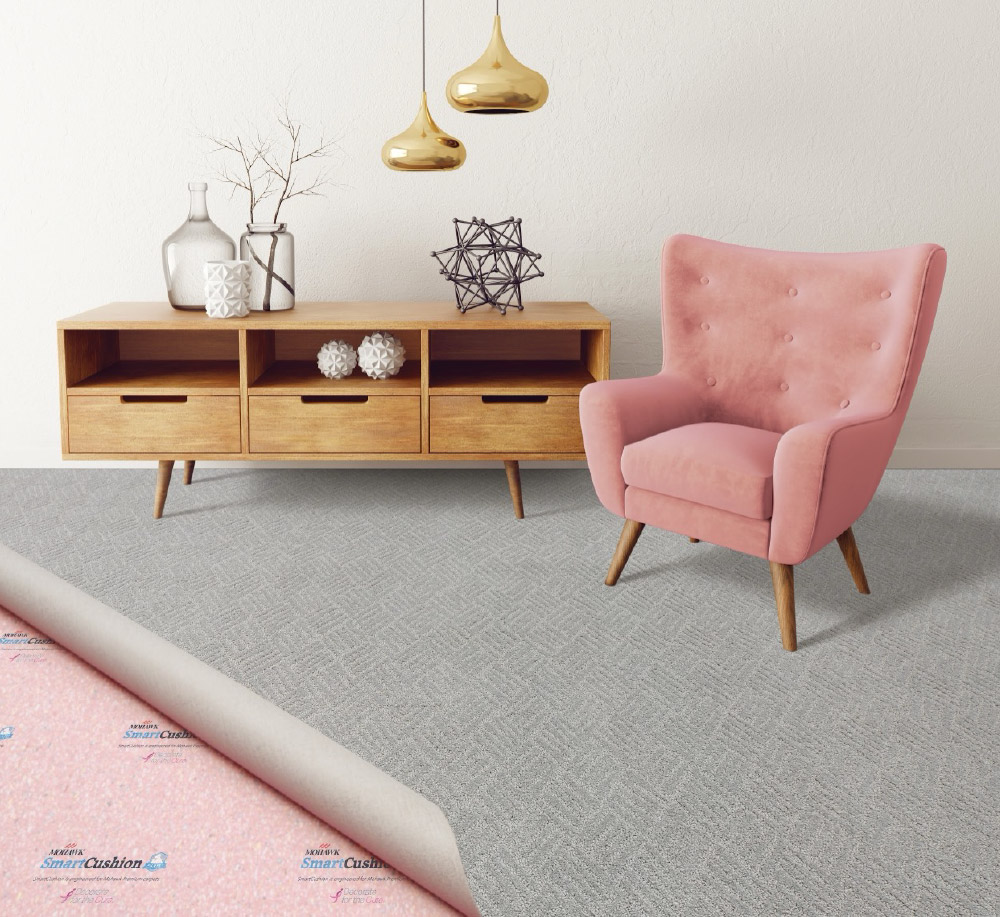
Carpet doesn’t have to break the bank. If you're working with a tighter carpet installation budget, there are smart ways to cut costs without ending up with something thin, scratchy, or cheap-looking.
You don’t always need high-end carpet in every room. Budget carpet options like polyester or Triexta offer solid performance at a lower cost, especially in low-traffic areas. Save the premium stuff, like wool, or nylon for spaces where comfort or style really matters.
Retailers often discount in-stock carpet rolls that are already in the warehouse. These are typically ready to go and don’t require special ordering, which saves both time and money.
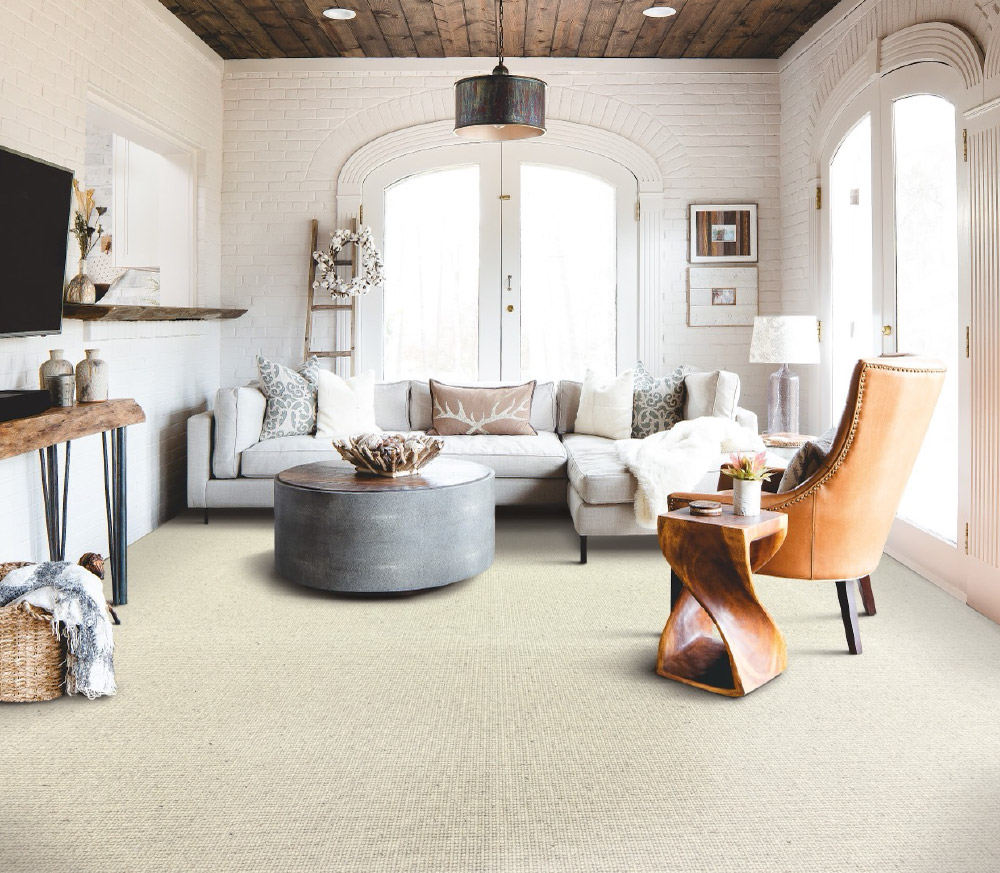
There’s no one-size-fits-all answer to how much you’ll spend, but now you have a clear idea of what goes into the cost of carpet installation. Between the price of carpet, labor, padding, and extras like removing old carpet, the total can vary, but it’s manageable when you know what to expect.
The best way to stay on budget? Measure your space, pick the type of carpet that fits your lifestyle, and get a detailed quote that includes everything. A little planning up front goes a long way toward avoiding surprise charges later.
Ready to get started? Use a carpet installation cost estimator, or reach out to us at Carpet Exchange for a free quote tailored to your home, your space, and your budget!
Multiply the room’s length by its width to get square footage. Add about 10% extra for cuts and waste. A 12x12 room needs around 160 sq. ft. of carpet.
Yes, if you have the tools and know-how. DIY cuts labor costs, but mistakes can be costly. Most people are better off hiring a professional carpet installer.
Some do, but it often comes with conditions like a minimum purchase or limited carpet types. Always check what’s included.
One room takes a few hours. A whole house may take 1–2 days, depending on layout and prep work.
Polyester is the most affordable. It’s soft and stain-resistant, best for low-traffic areas.
Most carpets last 8 to 15 years. Wool carpet and higher-end options can last longer with proper care.